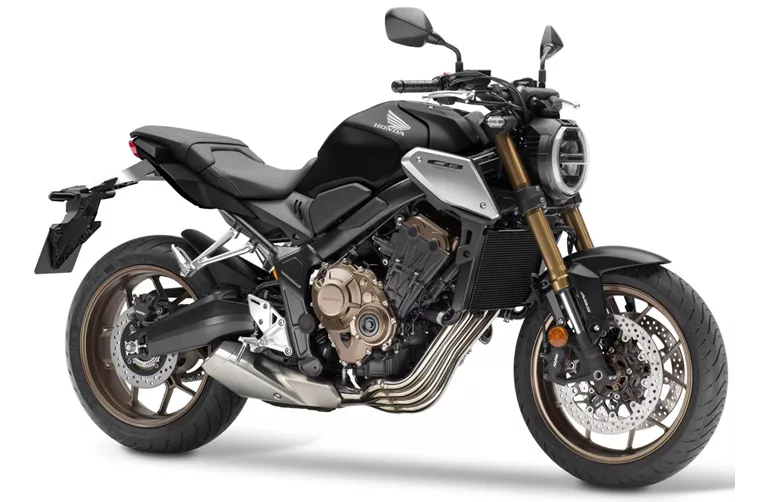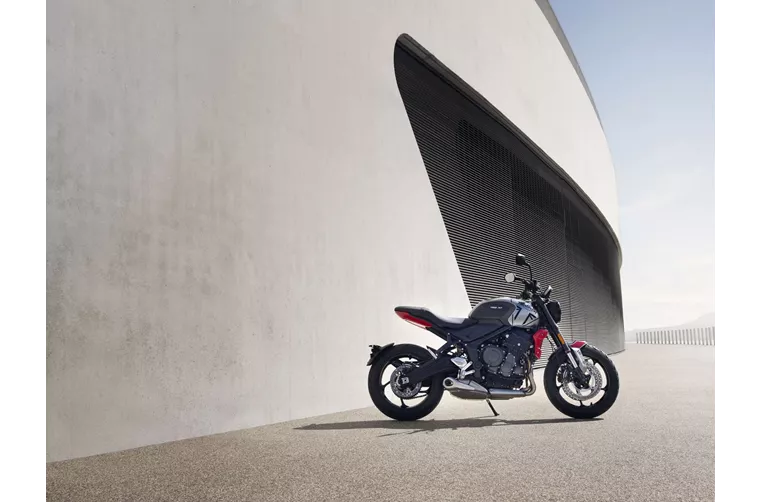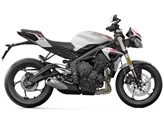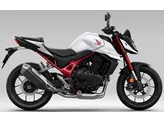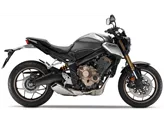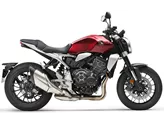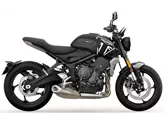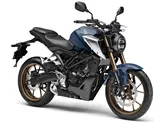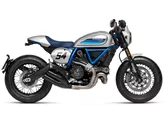Honda CB650R 2021 vs. Triumph Trident 660 2021
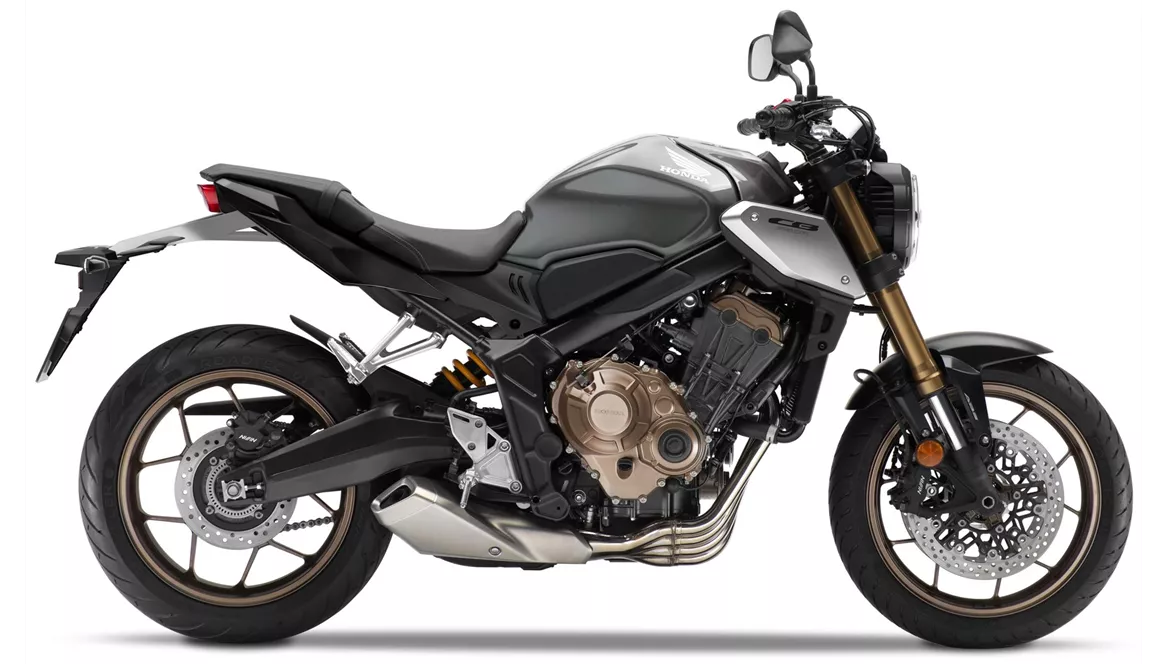
Honda CB650R 2021
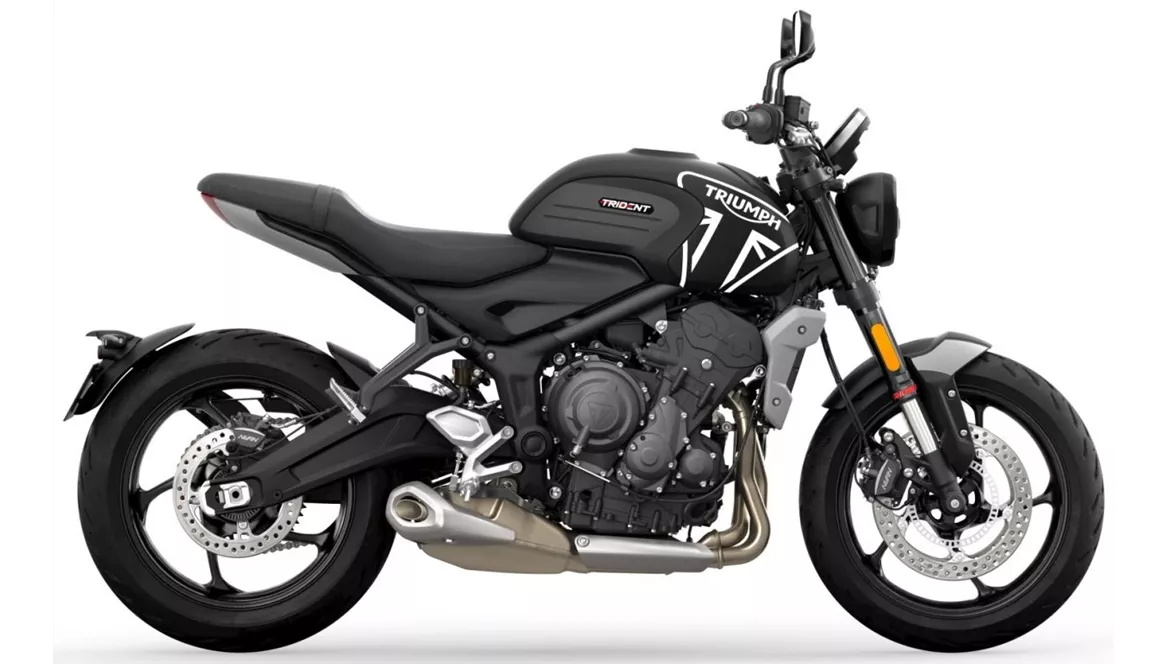
Triumph Trident 660 2021
Overview - Honda CB650R 2021 vs Triumph Trident 660 2021
The Honda CB650R 2021 and the Triumph Trident 660 2021 are both naked bikes that offer a thrilling riding experience. While they share some similarities in terms of engine type, suspension, and braking systems, there are notable differences that set them apart.
Starting with the engine, the Honda CB650R is equipped with a 649cc inline-four engine that delivers 95 horsepower and 63 Nm of torque. On the other hand, the Triumph Trident 660 features a 660cc inline-three engine that produces 81 horsepower and 64 Nm of torque. While the Honda CB650R offers more power, the Triumph Trident 660 compensates with a powerful three-cylinder powerplant that provides a unique riding experience.
In terms of suspension, both bikes feature upside-down telescopic forks at the front and swing arm suspension with a monoshock at the rear. The front suspension on both bikes is provided by Showa, ensuring high-quality performance. However, the Triumph Trident 660 has an advantage with its preload adjustment feature for the rear suspension, allowing riders to fine-tune their ride.
When it comes to the chassis, the Honda CB650R has a steel frame with a twin tube design, while the Triumph Trident 660 has a steel frame with a perimeter design. The choice of frame design affects the overall handling and stability of the bike, with the perimeter frame offering better rigidity and precision.
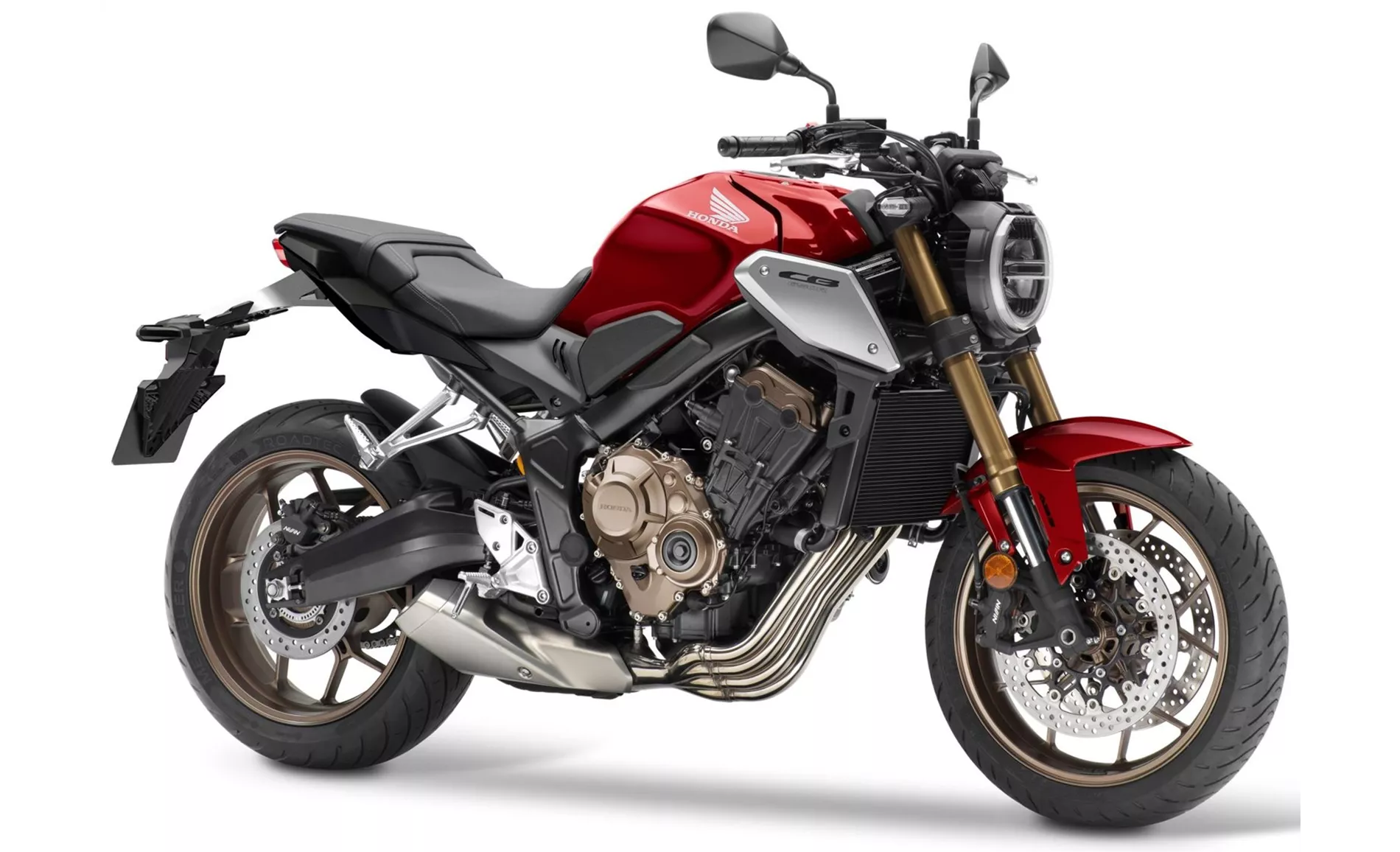
Honda CB650R 2021
In terms of braking, both bikes are equipped with double disk brakes at the front with a diameter of 310mm. However, the Honda CB650R has four-piston calipers, while the Triumph Trident 660 has double-piston calipers. This gives the Honda CB650R an advantage in terms of braking power and responsiveness.
In terms of advanced rider assistance systems, the Triumph Trident 660 takes the lead with its additional features. It offers ABS, riding modes, and traction control, providing riders with enhanced safety and control on the road. The Honda CB650R, on the other hand, only offers ABS as an advanced rider assistance system.
When it comes to dimensions and weights, the Honda CB650R has a slightly longer wheelbase of 1450mm compared to the Triumph Trident 660's 1401mm. The seat height of the Honda CB650R is also slightly higher at 810mm, while the Triumph Trident 660 has a seat height of 805mm. In terms of weight, the Triumph Trident 660 is lighter with a kerb weight of 189kg compared to the Honda CB650R's 202.5kg.
In terms of fuel capacity, the Honda CB650R has a larger fuel tank capacity of 15.4 liters, providing a longer range of 314km. The Triumph Trident 660, on the other hand, has a fuel tank capacity of 14 liters and a range of 304km. Both bikes have similar combined fuel consumption, with the Honda CB650R at 4.9l/100km and the Triumph Trident 660 at 4.6l/100km.
In terms of strengths, the Honda CB650R is known for its Neo Sports Cafe optics, making it visually appealing. It is also considered suitable for beginners due to its manageable power and good price-performance ratio. The engine of the Honda CB650R revs up smoothly, and it has a low fuel consumption.
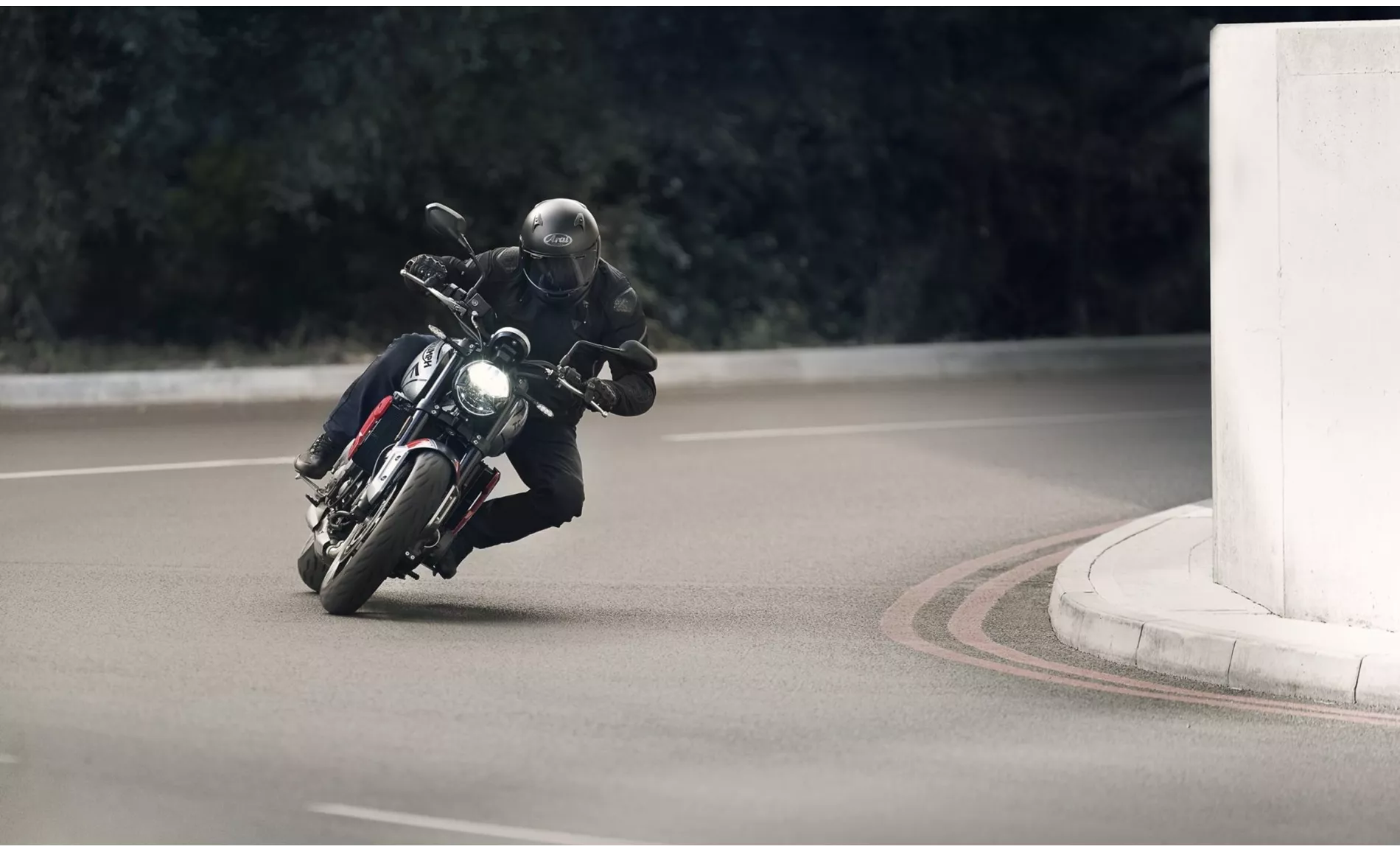
Triumph Trident 660 2021
On the other hand, the Triumph Trident 660 boasts a powerful three-cylinder powerplant that provides a thrilling ride. It also offers surprisingly good chassis and brakes for its class, ensuring a confident and enjoyable riding experience. The Triumph Trident 660 also comes with extensive electronic equipment and has the option for a quickshifter with a blipper. The controls on the Triumph Trident 660 are simple and accessible.
In terms of weaknesses, the Honda CB650R has limited space for tall riders, which may be uncomfortable for those with a larger stature. It also has mediocre equipment compared to its competitors and can be considered relatively chubby in terms of weight. Additionally, some riders may find that the Honda CB650R lacks punch from the rev range.
The Triumph Trident 660's main weakness lies in its traction control, which is considered to be very defensive. Some riders may find that the traction control system intervenes too early and restricts the bike's performance.
In conclusion, both the Honda CB650R 2021 and the Triumph Trident 660 2021 are excellent naked bikes with their own unique strengths and weaknesses. The Honda CB650R offers more power and a smooth revving engine, while the Triumph Trident 660 provides a powerful three-cylinder powerplant and extensive electronic equipment. Ultimately, the choice between the two will depend on the rider's preferences and priorities.
Technical Specifications Honda CB650R 2021 compared to Triumph Trident 660 2021
Pros and Cons in comparison
Pros and Cons in comparison
Honda CB650R 2021
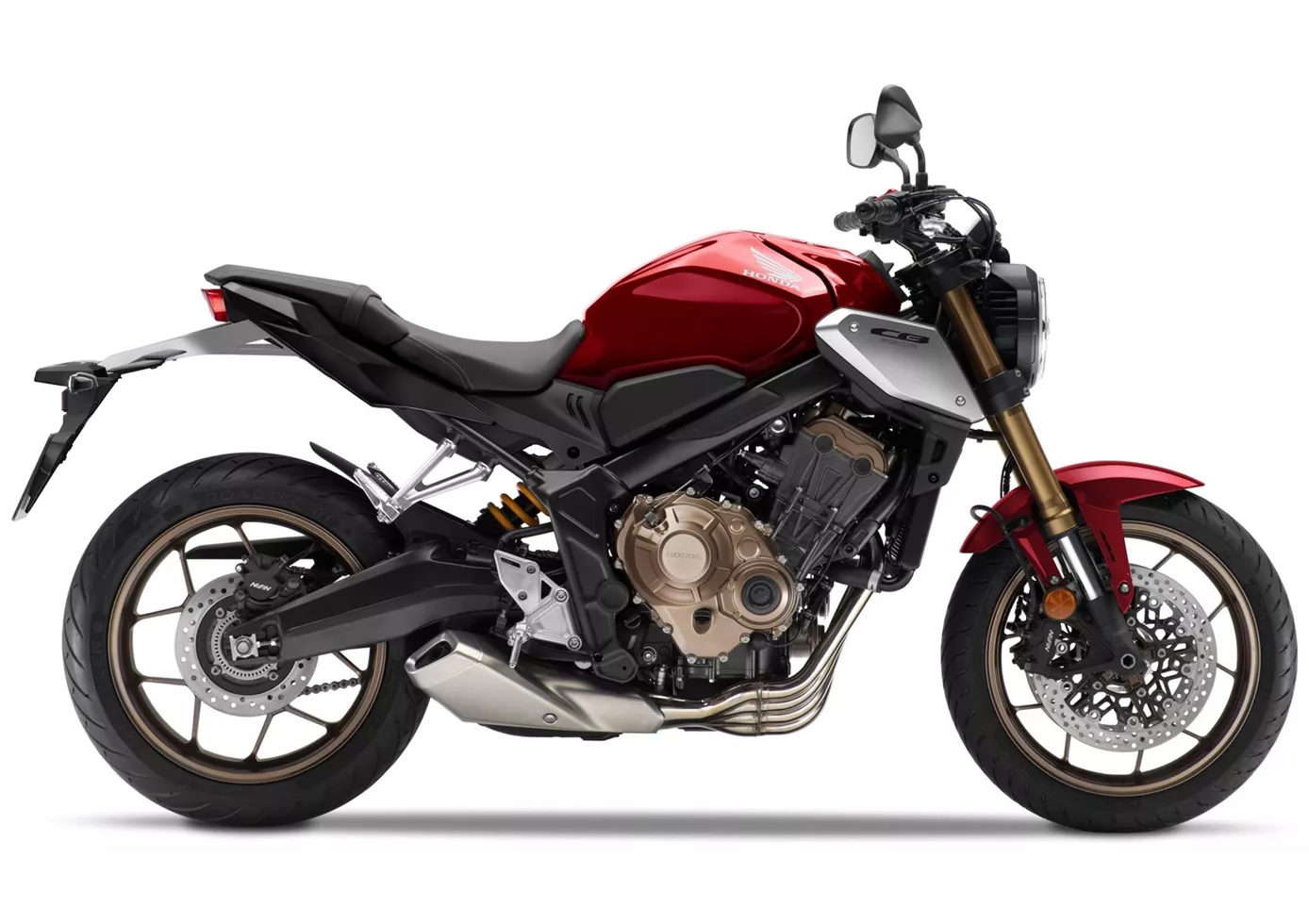
13 out of a possible 24 points mean 5th place in the large mid-range naked bike comparison test 2021. The Honda puts up a good fight against the technically more advanced competition and can leave a motorbike behind despite its position as an outsider. Pleasing looks, accessible riding and the low price make the shortcomings that were brought to light in the direct comparison fade into the background.
Triumph Trident 660 2021
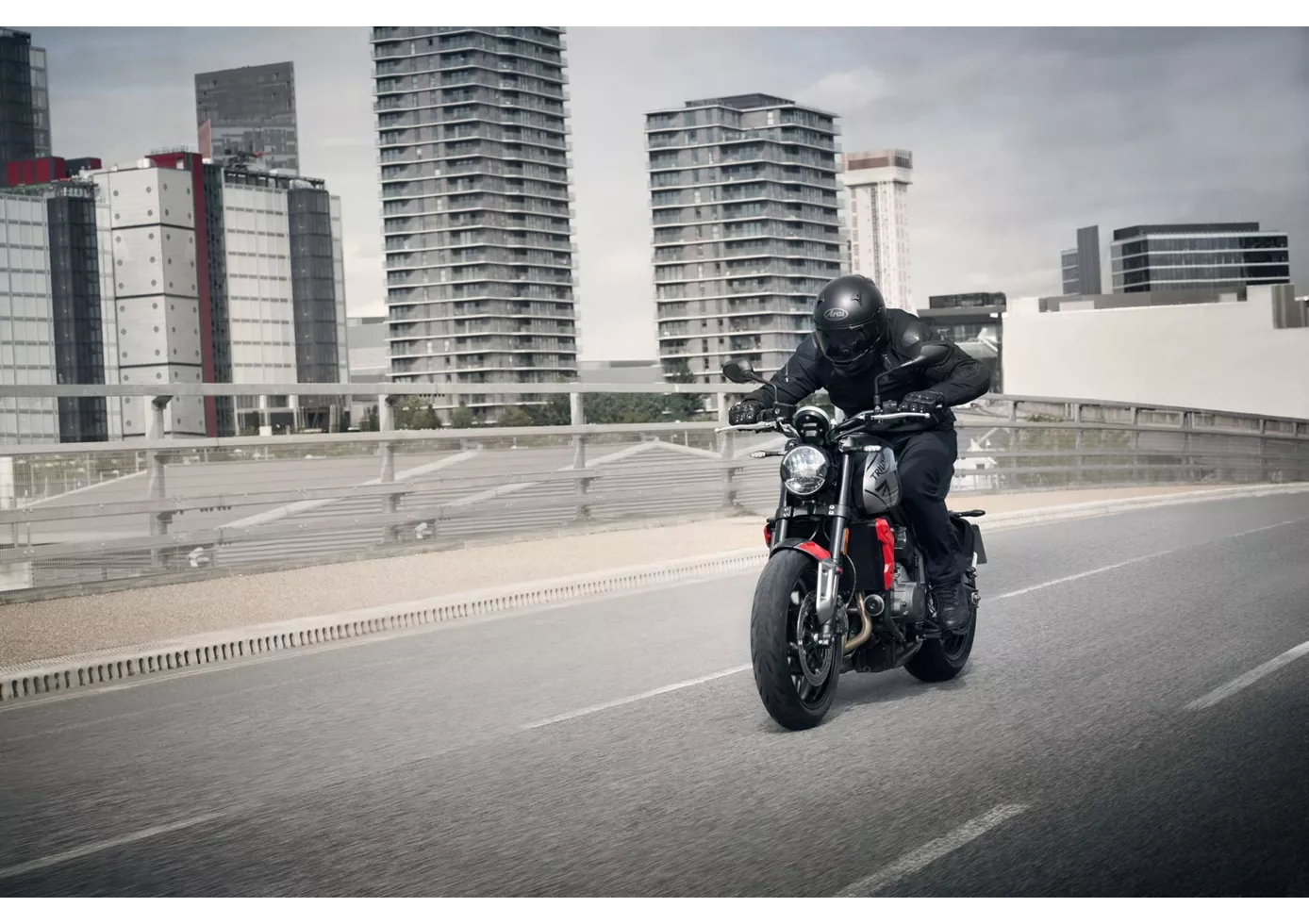
You can tell that the Trident is a new bike. Triumph has developed the necessary ingredients for the year 2021 with pinpoint accuracy. Cheeky but not intrusive sound, a lively engine and a comprehensive electronics package including quickshifter are simply fun. A casual motorbike that even experienced riders can have a lot of fun riding.
Price Comparison Avarage Market Price Honda CB650R vs Triumph Trident 660
There are a few key differences between a Honda CB650R 2021 and a Triumph Trident 660 2021. In terms of price, the actual average price of a Triumph Trident 660 2021 is about 12% higher. Compared to Triumph Trident 660 2021 there are less Honda CB650R 2021 bikes available on the 1000PS.de Marketplace, specifically 11 compared to 23. It takes less time to sell a Honda CB650R with 63 days compared to 85 days for a Triumph Trident 660. Since model year 2019 1000PS.de editors have written 23 reviews for the Honda CB650R and 20 reviews for the Triumph Trident 660 since model year 2021. The first review for the Honda CB650R was published on 10/8/2018 and now has more than 53,700 views. This compares to more than 76,700 views for the first review on Triumph Trident 660 published on 10/30/2020.
